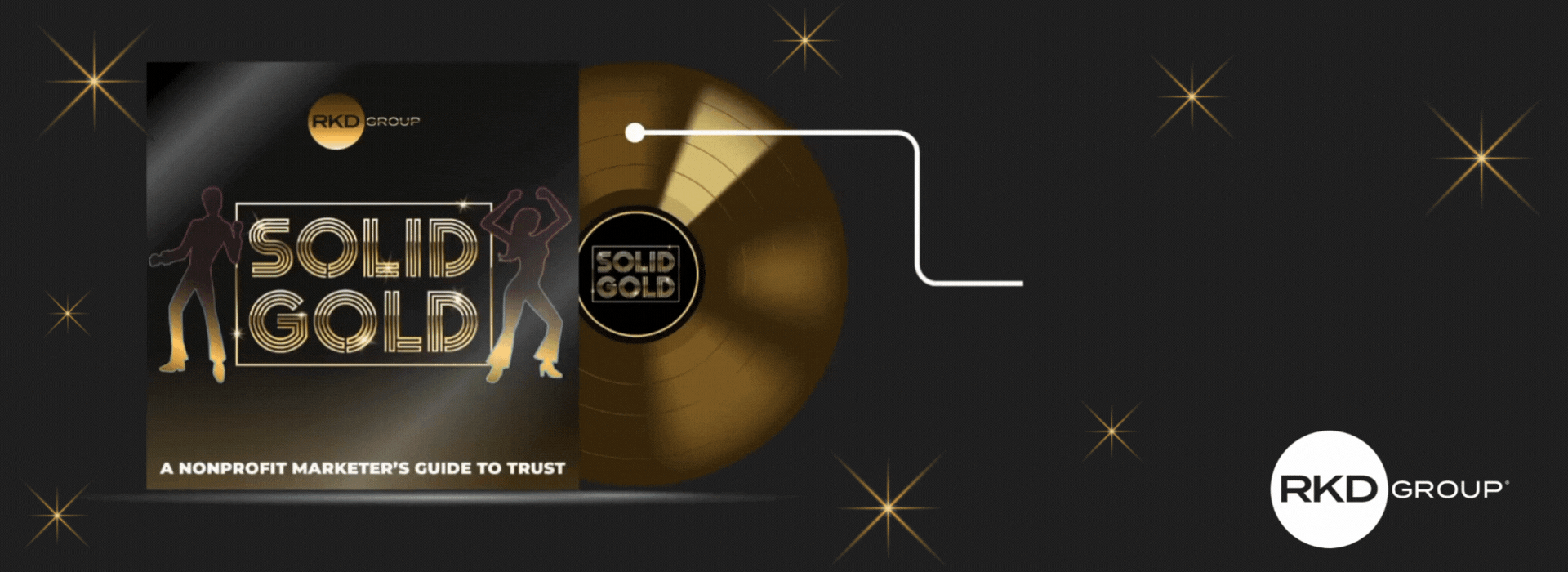Mid-level giving is an area of untapped potential for most nonprofits, but it’s even more true for hospitals. With a higher threshold for major giving—many programs start at $150,000—the pool of potential mid-level donors is much larger for hospitals.
Not only that, but hospitals also have a wide and diverse range of donors on their file that allows for movement into mid-level giving.
Knowing this, how can hospitals cultivate the next generation of major gifts through a more effective mid-level program?
It starts with acquisition and ends with building better experiences.
Acquiring better donors from the start
Every organization wants to bring in more new donors, but we’re talking about a less-is-more approach to acquisition.
Instead of casting a wide net to bring in as many people as possible, you need to shift your focus to acquiring high-value donors. In doing so, you will see positive increases in renewal rates—and donor migration into mid-level giving.
How do you make this change? It starts with a new metric for acquisition: long-term net (or LTN). Click here to learn more about LTN.
Using data to build your pipeline
Once a new donor comes in the door, what you do next is critical. Your annual giving program is primed with prospects for mid-level pipeline development.
Rather than waiting for these donors to raise their hand by making a larger gift, you need to be proactive about unearthing mid-level donors early in the relationship.
Through the use of advanced modeling, you can identify which donors have the potential, propensity and likelihood of giving mid-level gifts. Even if they’ve only given you a $50 gift, a model can examine hundreds of demographic, behavioral and interest factors to predict who can and will give larger gifts if cultivated properly.
Building experiences by giving potential
Now that you’ve brought in the right donors and identified those with the capacity for greater giving, you’re sitting on a much larger pool of mid-level prospects. Yet your hospital’s mid-level giving officer resources are limited.
How do you manage the workload and prioritize who you contact?
It starts with building a structured plan that considers giving potential at different segments. Then, you can determine what experiences make the most sense for each group.
For donors identified as lower-level prospects, consider targeting them through a more direct response-driven approach. This may include added touches throughout the year, like high-end cultivation packages, handwritten thank-you notes and upgrade messaging with higher ask arrays based on their propensity to give.
And for donors who are in high-level portfolios with the potential to give larger gifts, curate a more custom and personalized donor experience led by your mid-level giving officers.
Much like a major donor, these high-level prospects need more intentional experiences, including personal phone calls, personalized thank-you letters, frequent communication and messaging that focuses on the long-term impact their gift will have on your hospital.
The way you communicate with mid-level donors must be different from your direct-response messaging. You must make mid-level donors feel like superheroes.
Nonprofit organizations often overlook mid-level programs because it can be difficult to differentiate them. But this valuable segment of donors has the potential to make a big impact on your hospital’s fundraising program—and is most likely to become your next class of major givers if cultivated properly!






Leave a comment: